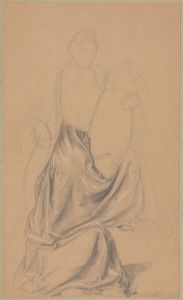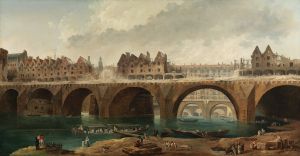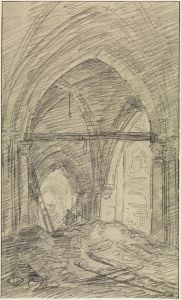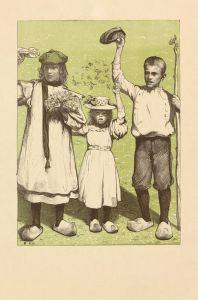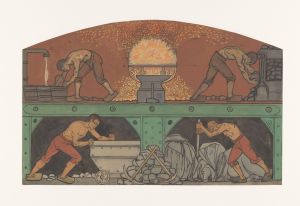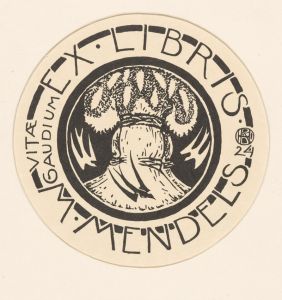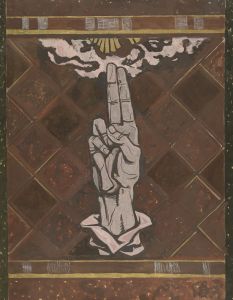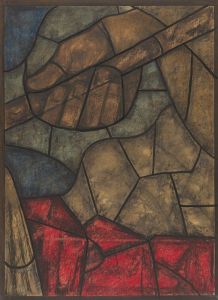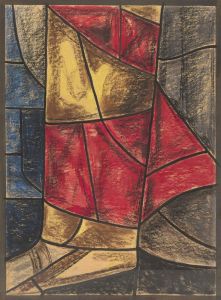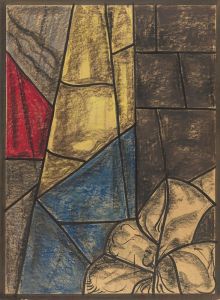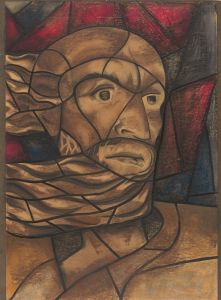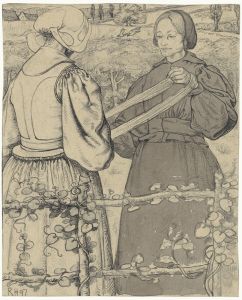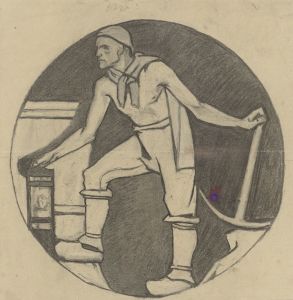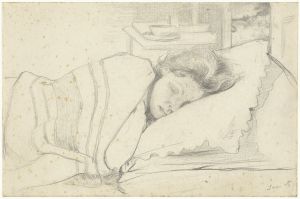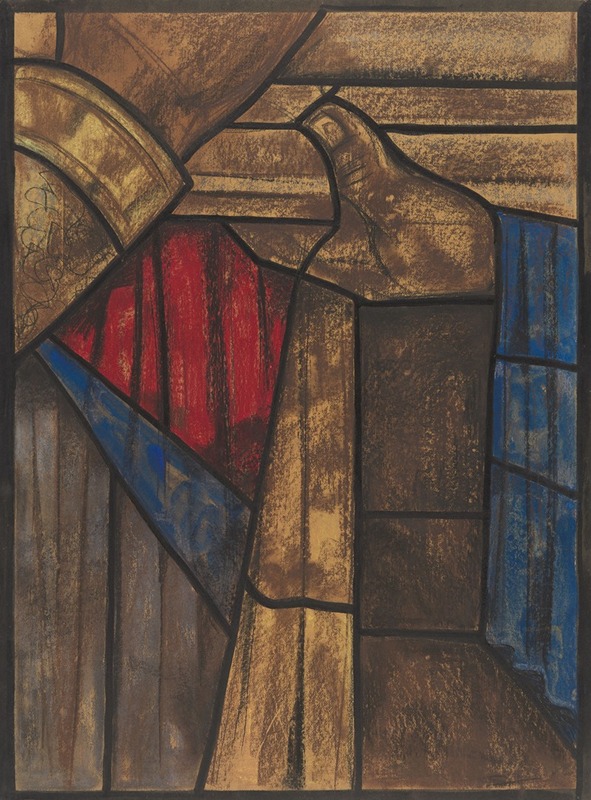
Ontwerp voor raam in het Noordertransept in de Dom te Utrecht 27
A hand-painted replica of Richard Nicolaüs Roland Holst’s masterpiece Ontwerp voor raam in het Noordertransept in de Dom te Utrecht 27, meticulously crafted by professional artists to capture the true essence of the original. Each piece is created with museum-quality canvas and rare mineral pigments, carefully painted by experienced artists with delicate brushstrokes and rich, layered colors to perfectly recreate the texture of the original artwork. Unlike machine-printed reproductions, this hand-painted version brings the painting to life, infused with the artist’s emotions and skill in every stroke. Whether for personal collection or home decoration, it instantly elevates the artistic atmosphere of any space.
Richard Nicolaüs Roland Holst was a prominent Dutch artist known for his contributions to the Arts and Crafts movement in the Netherlands. Born on December 4, 1868, in Amsterdam, he became a versatile artist, working in various mediums including painting, drawing, and designing stained glass windows. One of his notable works is the "Ontwerp voor raam in het Noordertransept in de Dom te Utrecht 27," which translates to "Design for a Window in the North Transept of the Cathedral in Utrecht 27."
This particular work is a design for a stained glass window intended for the Dom Church in Utrecht, a significant Gothic-style cathedral in the Netherlands. The Dom Church, also known as St. Martin's Cathedral, has been a central place of worship and a landmark in Utrecht since its construction began in the 13th century. Over the centuries, the cathedral has undergone various renovations and restorations, and stained glass windows have been an integral part of its architectural and artistic heritage.
Roland Holst's design reflects his deep engagement with the Arts and Crafts movement, which emphasized traditional craftsmanship, the use of simple forms, and the inspiration of medieval, romantic, or folk styles of decoration. His work often incorporated symbolic and allegorical elements, which were characteristic of the movement. The design for the window in the north transept of the Dom Church would have been intended to complement the Gothic architecture of the cathedral, enhancing its spiritual and aesthetic atmosphere.
The stained glass window design by Roland Holst would have been created with careful attention to the interplay of light and color, a hallmark of stained glass artistry. Such windows are not only decorative but also serve a didactic purpose, often depicting biblical scenes, saints, or symbolic motifs that convey religious narratives and teachings to the congregation.
Roland Holst's contribution to the Dom Church in Utrecht is part of his broader legacy as an artist who sought to integrate art into public and sacred spaces, making it accessible and meaningful to a wider audience. His work in stained glass is particularly significant as it represents a fusion of artistic skill and architectural context, creating a harmonious relationship between the artwork and its environment.
Throughout his career, Roland Holst was also involved in teaching and writing about art, further influencing the development of Dutch art in the early 20th century. He was a professor at the Rijksakademie van Beeldende Kunsten in Amsterdam and wrote extensively on art theory and practice.
In summary, Richard Nicolaüs Roland Holst's "Ontwerp voor raam in het Noordertransept in de Dom te Utrecht 27" is a testament to his skill as a designer of stained glass and his commitment to the principles of the Arts and Crafts movement. His work continues to be appreciated for its artistic and historical significance, contributing to the rich cultural heritage of the Dom Church in Utrecht.





